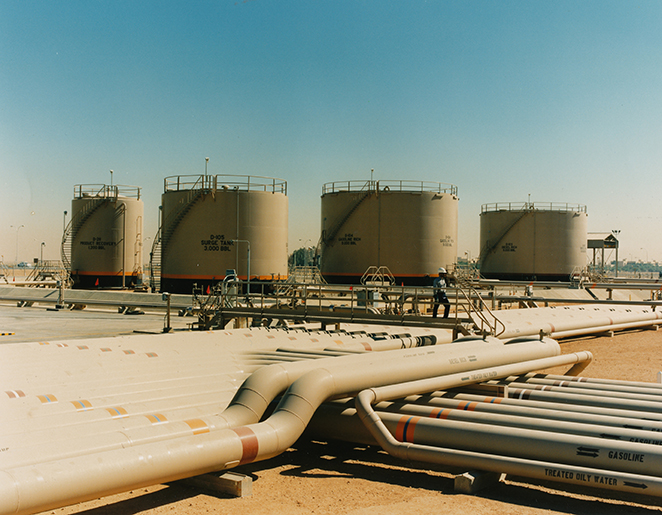Most OPEC members would like to see crude prices at $70 to $80 a barrel and the producer group does not need to coordinate with other oil suppliers to determine output levels, Iran's Oil Minister Bijan Namdar Zanganeh said in an interview.
Oil’s slump below $40 a barrel in New York last month has not tempered Iran’s aims to restore output as soon as sanctions are lifted.
"The nation must boost crude output to regain market share even as US shale producers increase drilling activity," Zanganeh said at the Oil Ministry in Tehran, Bloomberg reported.
“Some OPEC members believed last year that lower prices could push expensive oil from the market. For some month, we witnessed the exit of rigs from shale oil, now all of them are returning to these fields and their level of shale oil production did not change considerably.”
Oil at $70 to $80 a barrel would be “fair”, he said.
Brent crude, the global benchmark, fell as much as 2.2% to $48.46 a barrel on the London-based ICE Futures Europe exchange and traded at $48.61 at 6:10 a.m. local time. Brent sold for as much as $103.30 a barrel on Sept. 1 last year.
"OPEC is open to coordinating its action with non-members, although it will not wait for others to determine or approve its action," he said.
Zanganeh noted that Iran, which reached an agreement in July that would remove sanctions, will boost output at any cost and expects other countries to make way for it.
“OPEC will reach an agreement for managing the market, to make a balance between supply and demand. But it seems we need some months to exchange views, to speak to each other and witness some changes in the international atmosphere,” Zanganeh said, without specifying when OPEC would reach a decision.
OPEC said in a bulletin from its Vienna-based secretariat on Monday that the group will not shoulder the burden of propping up prices by cutting supply on its own, and non-member producers would have to contribute.
No Quick Fix
OPEC will protect its own interests and there is “no quick fix” for market instability, it said.
Iran plans to produce 3.8 million to 3.9 million barrels of oil a day by March, with output rising by 500,000 barrels a day soon after sanctions are lifted and by 1 million barrels within the following five months.
"Iran is producing 2.8 million barrels a day, its highest level in three years, and is exporting more than 1 million barrels a day," he said.
"Iran has about 60 million barrels of condensate in floating storage and has no crude stored offshore. A slump in oil prices won’t slow Iran’s return to the market."
Iran and six global powers reached an agreement in July that would limit the Persian Gulf country’s nuclear program in return for removing sanctions on its energy and financial industries. The restrictions cut its daily oil output from 3.1 million barrels in July 2012 to as low as 2.5 million barrels in May 2013.
"The Saudi strategy is not working and Iran is pressing for a reassessment," Zanganeh told CNN in an exclusive interview on Tuesday.
OPEC Output Rises
OPEC crude output increased this month, as Iranian production climbed to the highest level in three years.
Output by OPEC rose 108,000 barrels to 32.316 million a day this month, according to a Bloomberg survey of oil companies, producers and analysts.
Last month’s total was revised 101,000 barrels higher to 32.208 million a day, because of changes to the Iraqi estimate.
Iranian production climbed by 50,000 barrels a day to 2.9 million this month, the highest since July 2012, when more sanctions were imposed on the Islamic Republic to curb its nuclear program.


